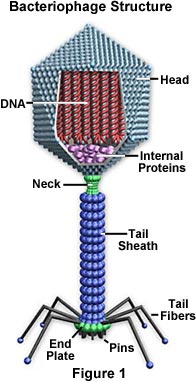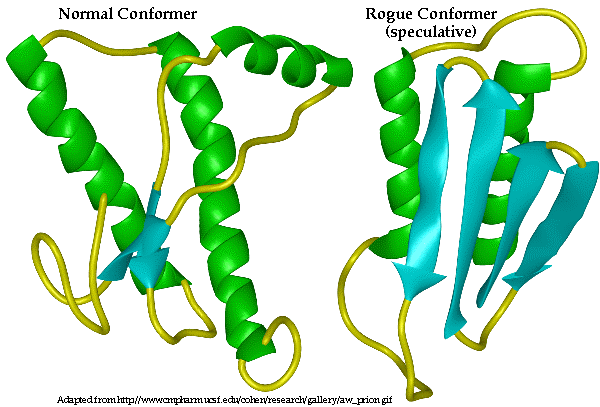 Phylum Sporozoans are nonmotile, unicellular protists that host other animals. They are the fifth phylum from the Protist Kingdom. They are parasite that lives on other animals. They invade red blood cells, multiply inside of them, raptures the cells and escape moving on to the next cell. Their apical complexes found in its cellular organization allows it to invade host cells. Symptoms are fever and chills due to the rupture of the red blood cells. One example is Malaria which is one of the most contagious disease in the tropic regions of the world. It is transmitted form the bite of the female Anopheles mosquito. Plasmodium vivax is the best know sporozoan.
Phylum Sporozoans are nonmotile, unicellular protists that host other animals. They are the fifth phylum from the Protist Kingdom. They are parasite that lives on other animals. They invade red blood cells, multiply inside of them, raptures the cells and escape moving on to the next cell. Their apical complexes found in its cellular organization allows it to invade host cells. Symptoms are fever and chills due to the rupture of the red blood cells. One example is Malaria which is one of the most contagious disease in the tropic regions of the world. It is transmitted form the bite of the female Anopheles mosquito. Plasmodium vivax is the best know sporozoan. Phylum Ciliophora
 Phylum Ciliophora have many hairlike cilia that helps propel them through the water.. They have trichoysts structures. They live in marine environments and can also be found in pond water. They consume bacteria. They have two nuclei: micronuclues and macronuclues. One of its characteristics is that it likes to roll its body when moving forward because of the oral groove found on each of its side. The minuscular like structure that they have allow them to move.
Phylum Ciliophora have many hairlike cilia that helps propel them through the water.. They have trichoysts structures. They live in marine environments and can also be found in pond water. They consume bacteria. They have two nuclei: micronuclues and macronuclues. One of its characteristics is that it likes to roll its body when moving forward because of the oral groove found on each of its side. The minuscular like structure that they have allow them to move.Phylum Sarcodina
 Phylum Sarcodina is a single celled protist that can take a shape because of its membrane's flexibility. Amoeba is the best know Phylum Sacodina. Amoeba are slow. It stretches out is cytoplasm to function and is considered active.
Phylum Sarcodina is a single celled protist that can take a shape because of its membrane's flexibility. Amoeba is the best know Phylum Sacodina. Amoeba are slow. It stretches out is cytoplasm to function and is considered active.Phylum Rhizopoda
 Phylum Rhizopada are heterotrophic. They feed on bacteria, algae, and other protists. They are a large group of protists that moves with pseudopods. Most Rhizoodians use pseudopods to capture thier prey. Some Rhizopians are important parasites such as Entamoeba Histoltica which causes amoebic dysentary. Entamoeba is a common symbiont in the human mouth. There it feeds on bacteria and human macropahges.
Phylum Rhizopada are heterotrophic. They feed on bacteria, algae, and other protists. They are a large group of protists that moves with pseudopods. Most Rhizoodians use pseudopods to capture thier prey. Some Rhizopians are important parasites such as Entamoeba Histoltica which causes amoebic dysentary. Entamoeba is a common symbiont in the human mouth. There it feeds on bacteria and human macropahges. Phylum Zoomastigophora
 They are single-celled, eukarote and heterotrophic. They may form smbolic relationships with other organisms. Phylum Zoomastigophora eat their prey using phagocytosis. Most live alone but some species form colonies of cells. They are named for the flagella that they use to help them move. Some are parasitic. They are found in the gut of termites, and are used to digest the cellulose in wood.
They are single-celled, eukarote and heterotrophic. They may form smbolic relationships with other organisms. Phylum Zoomastigophora eat their prey using phagocytosis. Most live alone but some species form colonies of cells. They are named for the flagella that they use to help them move. Some are parasitic. They are found in the gut of termites, and are used to digest the cellulose in wood. http://library.thinkquest.org/27819/ch7_8.shtml
http://waynesword.palomar.edu/trnov01b.htm
http://www.cbv.ns.ca/mchs/diversity/ProtozoansPage1.html
http://www.encyclopedia.com/topic/Sporozoa.aspx
http://members.tripod.com/jeremy_liem/id38.htm
http://www.scribd.com/doc/23931803/Phylum-Rhizopoda
http://zipcodezoo.com/Key/Chromista/Sarcodina_Phylum.asp











